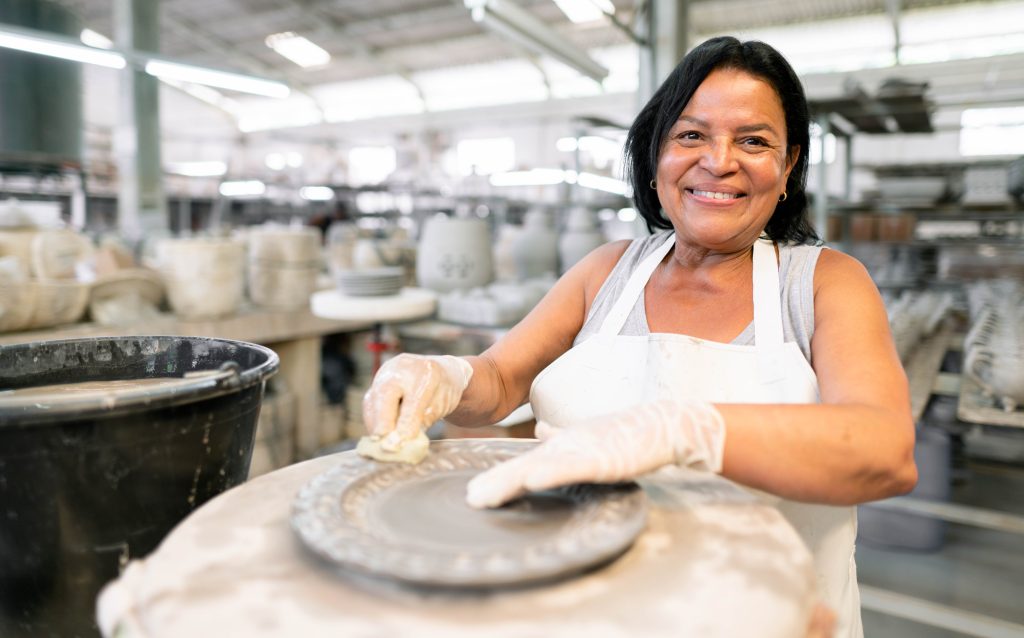Occupational Segregation and Access to Opportunities

Occupational segregation remains a formidable barrier for Hispanic/Latino older workers, shaping their access to opportunities and perpetuating inequalities in the workforce. According to data from the U.S. Census Bureau and the U.S. Department of Labor, Hispanic/Latino older workers are disproportionately represented in occupations such as construction laborers, maids and housekeeping cleaners, and food preparation workers, where median wages tend to be lower compared to occupations with a higher concentration of non-Hispanic workers.
This occupational clustering is rooted in systemic factors such as historical discrimination, educational disparities, and lack of access to networks and resources. Research by organizations like the Urban Institute highlights that Hispanic/Latino workers often face barriers to entry and advancement in higher-paying occupations due to factors such as language proficiency requirements, credentialing barriers, and limited access to training and mentorship opportunities.
Breaking free from occupational segregation requires concerted efforts from policymakers, employers, and advocates. Implementing targeted recruitment and retention strategies, expanding access to vocational training and educational programs, and fostering inclusive workplace cultures are crucial steps towards dismantling barriers and creating pathways to advancement for Hispanic/Latino older workers.
Furthermore, addressing implicit biases and promoting diversity in leadership positions can help broaden perspectives and create more equitable opportunities across industries. By harnessing the full potential of Hispanic/Latino older workers and dismantling systemic barriers to advancement, we can foster a workforce that thrives on diversity, inclusion, and opportunity for all.
